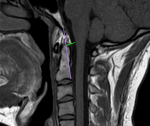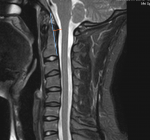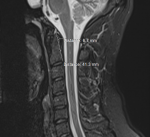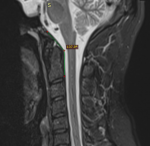MEPatient345
Guest
- Messages
- 479
2 years ago for me I was more severe and bedridden for an 18 month period, after having not been careful enough for my first two years!. I am pretty careful now. I only go out w my caregiver for short periods to quiet places. But I can manage travel too when I must, with noise cancelling headphones, airport wheelchair etc. It’s not pleasant, lot of payback, but doable.
No EDS, although I am a v bendy person and have scoliosis. I have CCI / AAI / subaxial instability / tonsillar descent remote diagnoses from Gilete, seeing him in person in a month, and Bolognese has agreed to an appt. so pursuing both. How is your progress.. can you get to MRIs?
No EDS, although I am a v bendy person and have scoliosis. I have CCI / AAI / subaxial instability / tonsillar descent remote diagnoses from Gilete, seeing him in person in a month, and Bolognese has agreed to an appt. so pursuing both. How is your progress.. can you get to MRIs?





